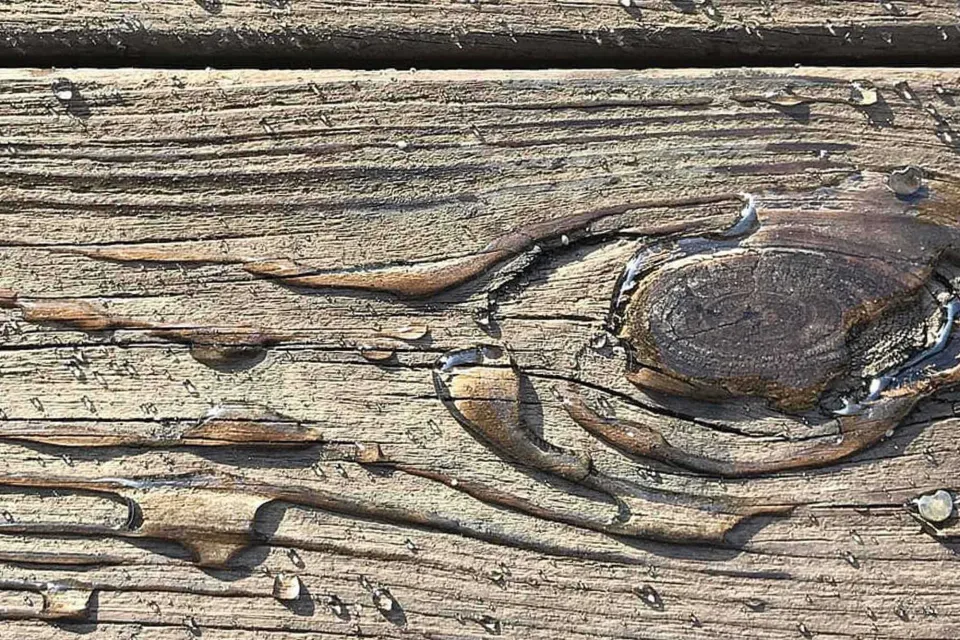-
About
-
Products
- By Timber Product
- Cladding
- Decking
- Screening
- Panelling
- View all
- By Application
- Exterior Cladding / Siding
- Exterior Rain Screen
- Interior Walls & Ceilings
- Soffits
- Screening, Fins & Battens
- Windows, Doors & Joinery
- Posts & Beams
- Accessories
- Coatings
- Fixings
- Samples
-
Resources
- Projects
- Contact
How Often Do I Need to Re-coat Exterior Timber?
All exterior cladding timbers typically need some kind of protection – normally a paint, stain or oil finish.
Coatings are required in order to maximise the lifespan of exterior wood products. Leaving exterior timbers without any coating increases their chance of premature failure, along with various visual issues. In some countries, leaving wood to “naturally silver off” is popular, however in reality this concept rarely succeeds.
Some coatings last longer than others and will have different maintenance requirements.
Film Forming Coatings
Transparent film forming coatings, including polyurethanes and some semi-transparent acrylics, create a film on the surface of the wood. These coatings are not really suitable for highly exposed applications unless very regularly maintained.
That said, they may be suitable for protected and semi-protected applications such as joinery. Once flaking or cracks start to appear it may be necessary to strip the coating back to bare timber before recoating, creating substantial work.
Significant discolouration can also occur when moisture enters the flaked coating, which can cause mould growth and decay under the coating itself.
For these reasons film forming coatings should be avoided in highly exposed applications.
Penetrating Oils and Stains
As the name suggests, penetrating oils and stains are designed to penetrate into the timber. They erode alongside the timber’s exposure to the weather, hence avoiding the cracking or flaking associated with film forming coatings.
Penetrating coatings will tend to erode over time and start becoming patchy, at which point they need to be recoated - typically between two to four years, depending on exposure to the weather. Decking applications may require annual reapplication in harsh climates.
Paints
Paints have the longest life and this is almost exclusively based on film build. Like film forming transparent coating it is critical that paints are recoated towards the end of their service life, typically around six to ten years depending on exposure.
Dark paints are not recommended unless a timber is very stable.
Examples of timber that can be painted black are modified timbers such as acetylated wood or some thermally modified woods such as Abodo Vulcan.
The heat absorbed by darker colours can cause excessive movement, cracking and flaking. Certain softwoods, for example pine can bleed resin when painted darker colours and exposed to higher temperatures.
When painting cladding with dark colours it is recommended to apply at least one topcoat to the exposed face prior to installation, as this will reduce the chance of visible primer lines showing through should the timber shrink in service.
Paints must be well maintained with sufficient film build. Should the film crack or flake, moisture can be trapped inside the wood and cause premature failure and decay.

